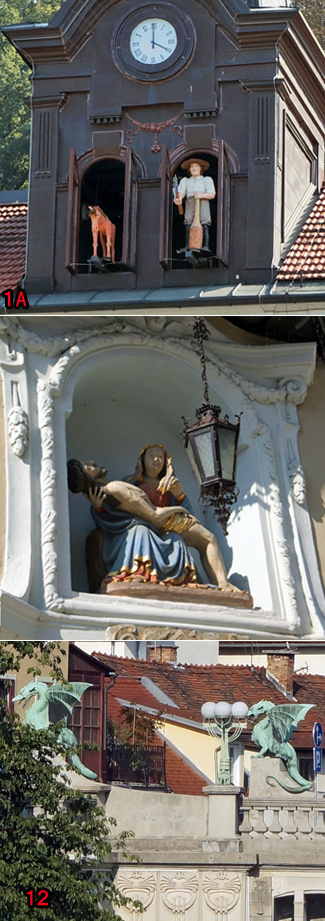桂林を訪れました 4: 桂林市内観光
< 1. “玄武仙境” in the limestone
cave of Chuanshan Park >
< 1. 玄武仙境、穿山公園の鍾乳洞 >
Today, I introduce
Guilin Zoo, the limestone cave of Chuanshan Park, and Elephant Trunk Hill in
the City.
The sightseeing was
in the afternoon of Thursday, September 17, and it was cloudy unfortunately
今日は、市内にある桂林動物園や穿山公園(鍾乳洞)、象鼻山を紹介します。
観光したのは9月17日(木)の午後で、あいにくの曇りでした。
< 2. The map shows our
sightseeing spots >
< 2. 観光地を示す地図 >
A red star mark shows a central downtown
area, and the Lijiang river flows through a center of the map.
The upper part of the map
is the north.
1: Guilin Zoo.
2: The limestone cave of Chuanshan Park.
3: Elephant Trunk Hill.
We went through a red
line on foot till a red point, and saw it from the opposite shore.
星印が中心的な繁華街で、真ん中を流れているのが漓江です。
地図上部が北です。
1:桂林動物園。
2:穿山公園(鍾乳洞)。
3:象鼻山。赤線を歩き対岸の島(赤丸)から眺めた。
Guilin Zoo
The zoo was rich in
green, and there were pandas.
桂林動物園
緑豊かな動物園で、パンダがいました。
< 3. Guilin Zoo >
< 3. 桂林動物園 >
The limestone cave of
Chuanshan Park
This cave is in the hillside of a small
mountain, and the while length is hundreds meters and the average width is 3 –5
meters.
However, “玄武仙境” is
approximately 30 meters in diameter, and the fantastic space spread out.
穿山公園の鍾乳洞
ここは小山の山腹にある洞窟でその長さ数百m、巾は平均3~5mです。
しかし玄武仙境は直径30mほどあり幻想的な空間が広がっています。
< 4. The limestone cave >
< 4. 鍾乳洞 >
Upper photo: “福寿泉”.
Lower photo: A part of “玄武仙境”.
上の写真: 福寿泉。
下の写真: 玄武仙境の一部。
< 5. The limestone
cave and Chuanshan Park >
< 5. 鍾乳洞と穿山公園 >
Upper photo: “玄武仙境” that I photographed by flash from same position
of the infographic topping.
Center photo: A flash photo at an upper part of the
passage.
The color of the
original limestone cave is such as this, but it becomes another world by
colorful vivid illumination.
Lower photo: I looked at a tower of a mountain from the
exit side of the cave across a branch river of Lijiang.
上の写真: フラッシュで撮影した玄武仙境。
巻頭の写真とほぼ同じ位置から撮影。
真ん中の写真: 通路の上部をフラッシュ撮影。
本来の鍾乳洞の色はこのようですが、色とりどりの鮮やかな照明で別世界になっている。下の写真: 鍾乳洞の出口側から漓江の支流越しに塔山の塔を見る。
Elephant Trunk Hill
and a park
We went through the big
botanical park toward a riverside of Lijiang.
A whole island becomes
the beautiful park and becomes the citizen's oasis.
象鼻山と公園
大きな植物公園を抜けて漓江の河岸に向かいました。
島全体が綺麗に植栽された公園になっており、市民の憩いの場所になっている。
< 6. The park >
< 6. 公園 >
< 7. Elephant Trunk Hill >
< 7. 象鼻山 >
There is Elephant Trunk Hill on the
opposite shore of Lijiang, and the right side of the hole is associated with an
elephant trunk.
The area is crowed with
tourists and pleasure boats.
This continues next
time.
象鼻山は漓江の対岸にあり、穴の右側が象の鼻を連想させる。
周囲には多くの観光客や行き来する遊覧船で賑わっていました。
次回に続きます。





































